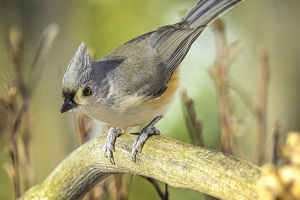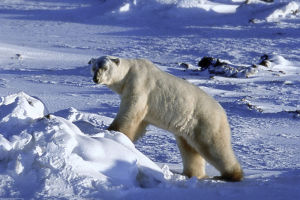Protecting wildlife is not just about rescuing individual animals—it's about ensuring that their entire ecosystems are healthy and sustainable. The International Fund for Animal Welfare (IFAW) is at the forefront of combining animal rescue with habitat restoration, recognizing that both are essential for the survival of species.
In this article, we’ll explore how animal rescue and habitat restoration are interconnected and why they must work hand-in-hand for long-term success.
Animal Rescue: A Lifeline for Species
Animal rescue is often the first step in saving a species. While large-scale conservation efforts such as policy changes and habitat protection are vital, rescuing individual animals can have an immediate and profound impact. This is especially true for keystone species like African elephants, whose survival is integral to the balance of their ecosystems.
In cases like that of Pilgrim, a North Atlantic right whale, rescuing just one animal can significantly impact a species on the brink of extinction. Pilgrim is one of only around 70 reproductive females left, and any offspring she produces will help the population recover. By focusing on these individuals, IFAW is directly contributing to the survival of species that might otherwise disappear.
The Need for Safe Habitats
While animal rescue is essential, it cannot be fully effective without ensuring that animals have safe, healthy habitats to return to. Often, animals are rescued from dangerous or degraded environments—habitat loss, fragmentation, and pollution are common threats.
Without restoring these habitats, the animals’ chances of survival once they’re released back into the wild are significantly reduced.
Restoring habitats might include activities like reforestation, removing invasive species, and cleaning polluted areas. For instance, IFAW is involved in efforts to restore the One Horned Rhino’s habitat in India’s Manas National Park, where poaching, deforestation, and habitat fragmentation nearly wiped out the rhino population.
Habitat Connectivity: The Key to Long-Term Survival
One of the most powerful tools in habitat restoration is habitat connectivity. This is where IFAW’s Room to Roam initiative comes in. By connecting fragmented landscapes through wildlife corridors, IFAW ensures that animals can move freely between habitats in search of food, water, and mates.
When elephants roam across connected landscapes, their natural behaviors—like digging for water and clearing overgrown bushes—help maintain the ecosystem’s health.
The Interconnection Between Rescue and Restoration
The ultimate success of wildlife rescue lies in the ability to return animals to restored and connected habitats. By rescuing animals from immediate danger, rehabilitating them, and then releasing them into safe, healthy environments, IFAW ensures that these animals not only survive but thrive.
The link between animal rescue and habitat restoration is undeniable. While rescuing animals provides immediate relief, it is the restoration of their habitats that ensures their long-term survival.
IFAW’s work demonstrates that protecting wildlife is not just about saving individual animals—it’s about safeguarding entire ecosystems for future generations.
You can support IFAW’s efforts to restore habitats and rescue animals by getting involved in conservation initiatives, donating, or spreading awareness about the importance of both animal rescue and habitat restoration. Together, we can create a more sustainable, wildlife-friendly world.


